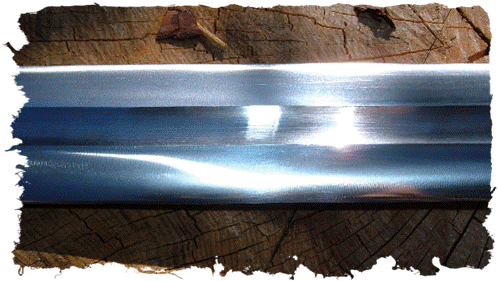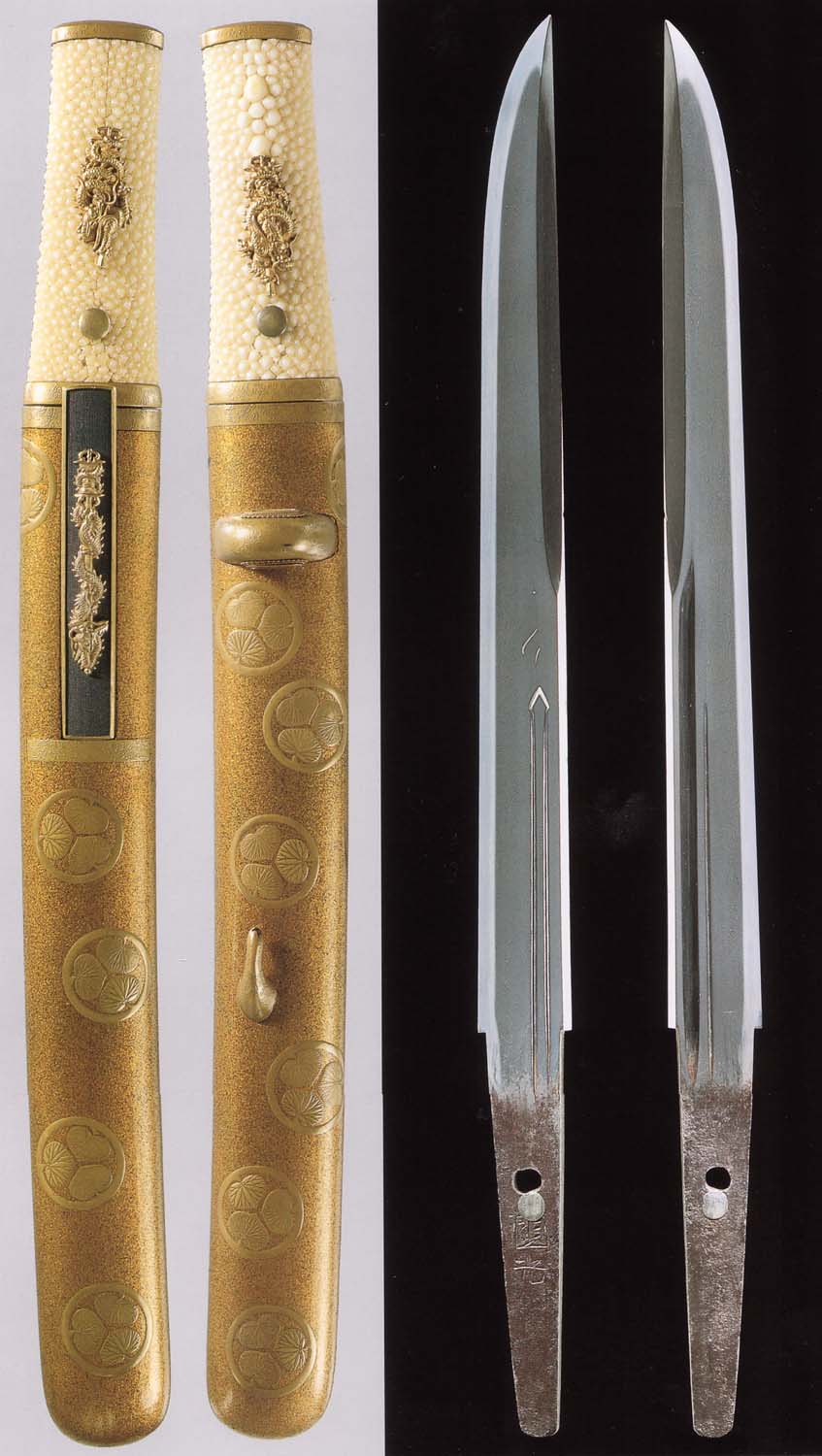Here is a short treatise on sharpness from this kitchen knife thread - https://www.bladeforums.com/threads/advice-on-steel-selection-for-kitchen-knives.1113235/page-2
OK, Let's talk a bit about what makes a good kitchen knife into a superb kitchen knife.
1)Geometry. Primarily in a kitchen knife this means THIN. Distal taper and a full flat grind usually accompany that.
2) Edge - Low angle edges and a thin blade behind the edge make the knife cut well. Choppers will be slightly steeper and thicker, of course.
3) Hardness - The blade on a kitchen knife is usually a bit harder than a general use knife. This will allow the edge to last longer by being more resistant to wearing away by abrasion.
4) Toughness - Not to be confused with hardness, the steel needs the ability to resist the edge breaking down.
5) Matching the steel to the task.
............A Sashimi blade like a 180mm long yanagi-ba can be very hard and have a very low edge angle. All it ever should do is cut in a straight slicing line against clean and soft tissue. The finest grain and highest practical working hardness are key steel choice considerations.
............A 100mm veggie cutter will have a slightly less acute edge, and be not as hard. It will be used to push cut ( chop) firmer and dirtier cellulose based objects.Moderate toughness and medium hardness are the steel parameters here.
............A 60mm paring blade will be even less hard, less acutely edged, and made from a steel that takes more lateral force ( tougher). These knives are turned in use, and cut a variety of objects.
All the above except geometry are a product of steel choice and HT.
The place where most people go wrong is thinking hardness equals sharpness.
Sharpness is just a function of how finely angled we can make the edge bevel. If you draw a huge sketch of the blade edge, you will see the apex as a single point. This is the theoretical edge. In reality, the edge is back a bit from there. The size of the steel grains and the carbides will make the theoretical edge impossible to attain. Tougher steels usually have larger grains, and large super hard carbides. Harder steels have a composition that allows for hard martensite to form, but too much hardness will allow the thin edge to chip away, leaving a microscopically ragged edge. Grain size will also limit how fine the edge can be. The perfect kitchen knife steel would be hard and tough. Choosing the alloy to meet the task is part of this, and HT is the other half.
Lets make some imaginary blades.
A) - This blade is made from bricks. Each brick is tightly mortared to the next. When we sharpen the blade, we needed to use a lot of effort to knock off bricks until we have a stair step to the edge where it is only one brick wide. This blade will cut a bit rough because of the stair step sides, and no mater what we do, the edge can only be one brick wide. This blade will be very tough, but not all that sharp.
B) - This blade is made from concrete. The mix is small rocks and fine cement. The rocks are held in place by the surrounding cement. Sharpening will wear away the rocks at the edge pretty fast, and with some work and stopping we can get the cement worn down to an edge much thinner than the brick blade. However, the small rocks at the edge will pull out in use fairly easily, leaving the edge irregular. It will be sharper, but not as tough as the brick blade. The edge is still limited to the size of the rocks.
C) - This blade is made out of cement. It is a mix of fine sand and Portland cement. Each grain of sand is bonded to the next by the Portland in a strong bond. This blade will be harder to abrade, but will also sharpen down to an edge that is as fine as a single grain of sand. Because all the sand grains are about the same size, they wear away slowly and evenly. This will be a hard and tough blade.
All will get sharp, and cut your imaginary fingers easily. So how do you decide what steel to use?
Blade A is like one made from a very hard and tough steel. A blade made in a steel that has large carbides, and/or large grain structure is like this. D-2, and other super wear resistant steels are often picked for this reason....They make great knives.....but it will not make the best kitchen blade.
Blade B is like most regular knife steel having a bit of alloy. The carbides are moderately sized, and the grain can be made fairly fine. CPM steels also help keep the grain size reasonably small and distribute the alloy evenly.. These knives will be good performers, and make up the bulk of good kitchen knives. They can be hardened a bit harder.
52100, CPM-S35VN, 440C, etc.
Blade C is made from a steel that has no extra alloying to make larger carbides, The grain structure is very fine. These knives can be hardened very hard and the edge will still hold up with the right edge geometry and proper use. AEBL, 1095, W2, and some of the very pure Hitachi steels are in this class. With some real careful HT and testing, 52100 can be brought here, too. These steels have the toughness to hang on to the martensite grains and carbides while still being hard and resisting abrasion. The main reason one maker gets superb results from these steels and another doesn't is almost always in the HT.





